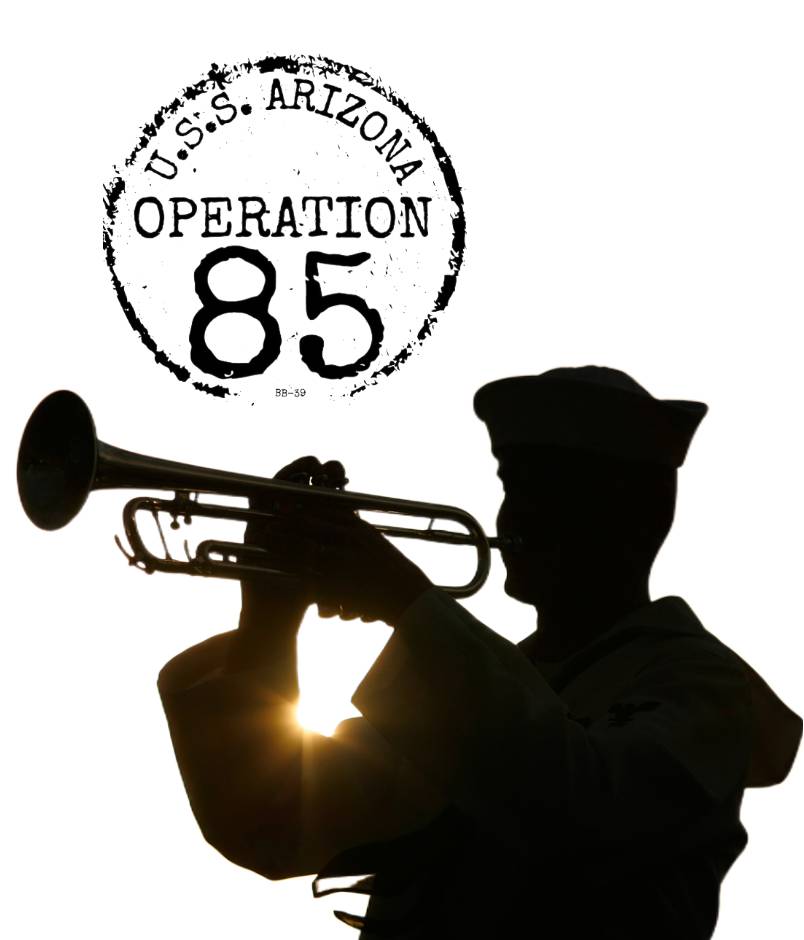PVT Theodore Stephen Szabo
- Home /
- PVT Theodore Stephen Szabo

- Rank:
- Branch:
- Home Town:
- Date Of Birth:
- Disposition:
- Family DNA on File:
PVT Theodore Stephen Szabo
When the local newspaper published a letter from Theodore Stephen Szabo, no one in his Iowa hometown knew that he had been killed three days earlier in the attack on Pearl Harbor.
His letter was front-page news in the Dec. 10, 1941 Postville Herald, alongside a story about the Japanese attack. The extent of the disaster, including the sinking of Mr. Szabo’s ship, the U.S.S. Arizona, wasn’t yet public.
He was 19 and a private in the Marine Corps Reserve.
“I am receiving the Postville Herald regularly and certainly am glad to get it as I can get a very good idea of the news back home from it while nearly 4,600 miles away,” he wrote.
Hawaii was a different world for Mr. Szabo, whose family lived in Castalia, a town of 239 a five miles west of Postville in northeastern Iowa.
He was born Feb. 18, 1922 in West Union, Iowa 12 miles southwest of Castalia to Stephen Szabo, an immigrant from Bologfala, Hungary, and Laura Reisner Szabo, a native Iowan. He was the eldest of their 12 children.
Ted, as he was known, graduated in a class of six in 1939 from Castalia High School. He played trumpet in the orchestra, was on the school’s first basketball team, and participated in oratory and a play.
After graduating, he joined the Civilian Conservation Corps, a Depression-era federal jobs program, and spent about a year at an Iowa camp. As for most American families, the 1930s must have been difficult for the Szabos. The 1940 Census listed Ted as a farmer who earned $270 in 1939. His father was identified as a junk dealer who earned $360. Their combined income of $630 – the equivalent of about $12,000 in 2022 dollars – was the sole support for what by then was a household of 13 people.
Mr. Szabo enlisted in the Marine Reserves in March 1941 and was on the Arizona by July.
In his letter, he said he had heaved many 50-pound shells in battle practice and served as a sentry and orderly. “At present I am in charge of the Marine Expeditionary Force storeroom.”
“The sea is usually rough but a battleship is like a hotel,” he wrote. “Here’s one thing though — about one o’clock one morning I awoke to find several feet of water on the deck in the compartment. The sea had turned for worse and she was really throwing the waves over the sides. That happens occasionally. Then you’ve got to get up and bail water out. Nice work in the dark, especially now that all ships are darkened at sundown.”
He said he liked the beaches and the beauty of Hawaii. “But I still wish I were in Iowa where we have a change of weather.”
Mr. Szabo was honored at a memorial service in February 1942 at the Zion Lutheran Church in Castalia. His remains were identified on Dec. 28, three week after the attack, and he is buried at the National Memorial Cemetery of the Pacific at the Punchbowl in Honolulu.
Two of his brothers also served in the Marines during the war and a third was in the Navy. All of them survived.
Sources: the Postville (Iowa) Herald; Iowa birth record; Navy and Marine muster rolls; Census; WWII draft registration card; beneficiary’s applications for World War II Service Compensation. Maine photograph. This profile was researched and written on behalf of the U.S.S. Arizona Mall Memorial at the University of Arizona.
